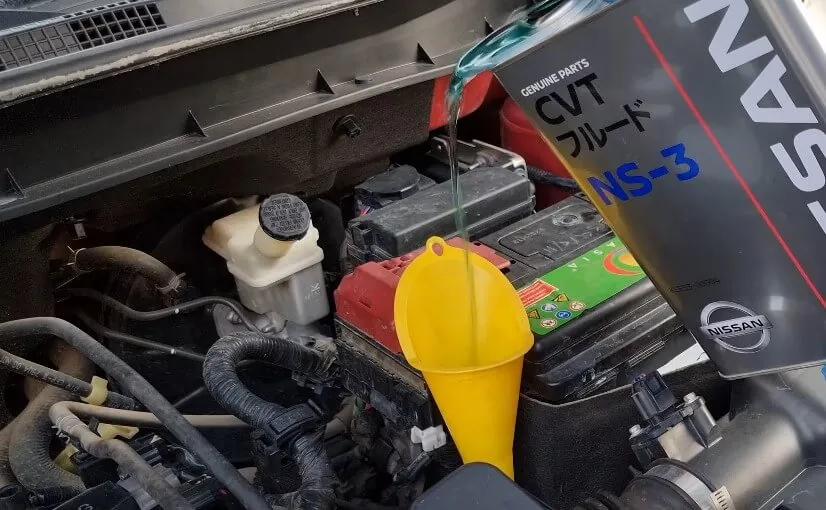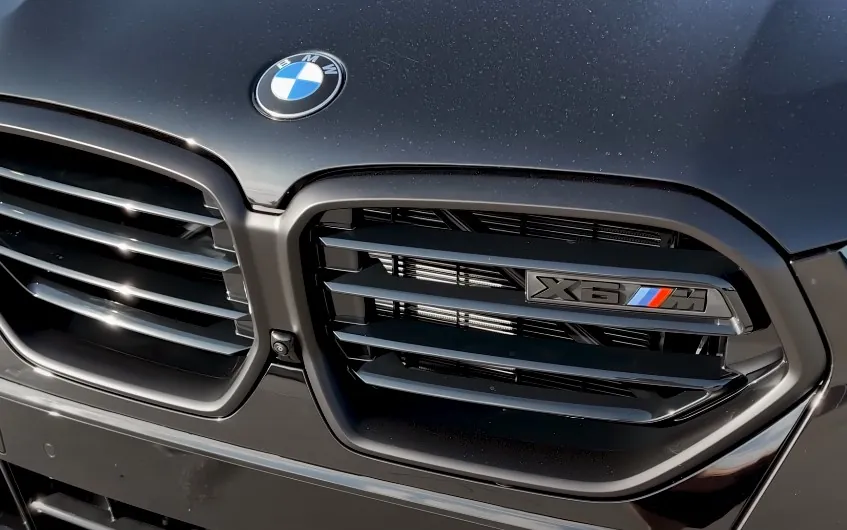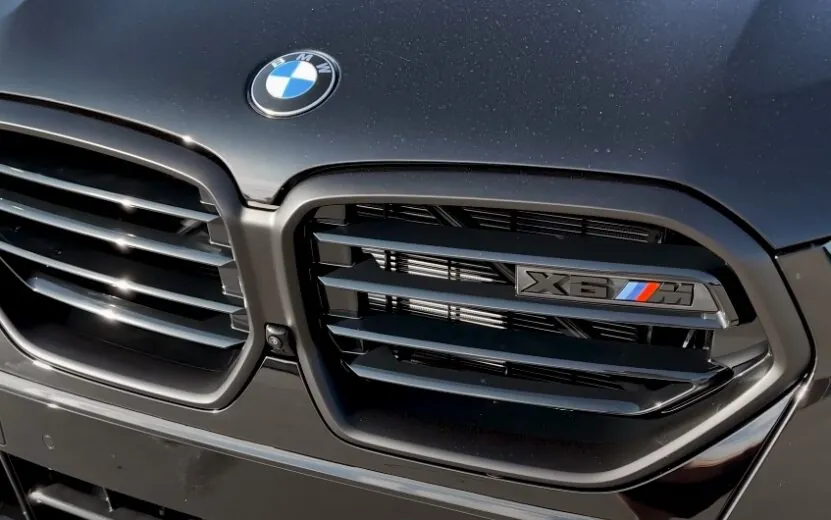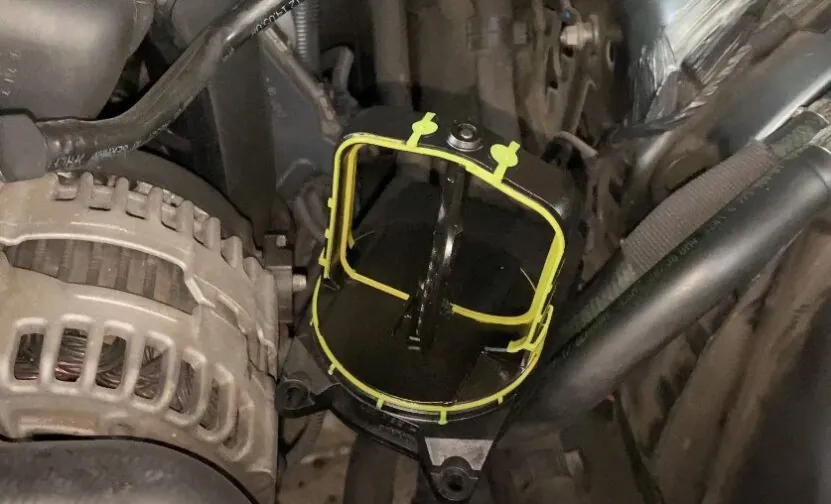
Share Post:
When you think about BMW engines, “precision” is probably one of the first words that comes to mind. Whether you’re rolling in an E46 330i or cruising in a well-loved 2005 525i, the performance is all about balance; smooth power delivery, sharp throttle response, and that classic inline-six hum. However, you may wonder what happens when a small part tucked deep in the intake manifold starts to go bad. We’re talking about the DISA valve.
For many drivers, it starts with something subtle: a rattling at idle, a sluggish pull in first gear, maybe even a little “service engine soon” light popping up. You might not think much of it until the car leaves you with a massive repair bill. Below, we explore what the DISA valve is, and how it affects performance when it fails.
Table of Contents
ToggleWhat the DISA Valve Does
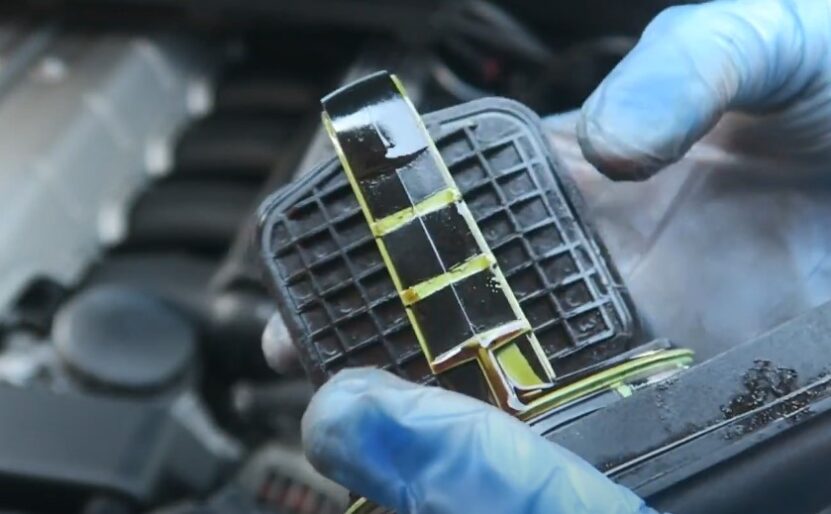
The DISA valve is short for “Differentiated Intake System Adjustment,” though BMW officially refers to it as “Digital Intake System Adaptation”. This valve is built into the intake manifold of many inline-six BMW engines, like those in the M50, M52, and M54 families. You’ll find it in cars like:
- E46 330i
- E39 530i
- E60 525i
It plays a pretty clever role in tuning your engine’s airflow depending on how hard you’re driving.
How It Works
- Low RPMs (Below ~3,750 RPM): The valve closes a flap inside the manifold, making the intake path longer. That gives you better low-end torque, helping the car feel stronger off the line or in stop-and-go traffic.
- High RPMs (Above ~4,100 RPM): The flap opens, shortening the path so more air can rush in quickly. That gives you better top-end power, which helps during passing or spirited highway driving.
All of this is controlled by your car’s ECU and happens automatically. When it works, you get the best of both worlds: torque down low, power up high. When it doesn’t, the car doesn’t breathe properly, and you start noticing.
Symptoms of a Failing DISA Valve
BMW forums, YouTube repair videos or googling, and parts suppliers are full of people chasing the same problems, and in many cases, the DISA valve is the culprit. Here are the common red flags:
Rattling or Clacking Noises at Idle
That noise you’re hearing under the hood could be the DISA flap coming loose inside the manifold. It’s usually more noticeable when the engine is idling or revving gently. Some describe it like a faint diesel knock, only it’s your intake making the noise.
Rough Idle or Hesitation
If the valve doesn’t close properly, airflow gets messy. The engine might shake, hesitate, or idle unevenly, especially around 1,000 to 1,500 RPM. In some cases, it might feel like a misfire, but the cause is upstream.
Loss of Power or Sluggish Acceleration
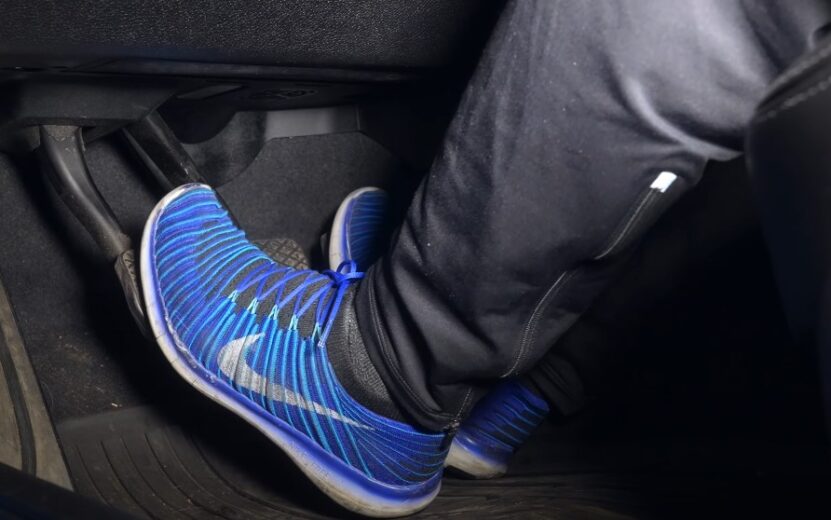
At low speeds, poor torque makes the car feel like it’s dragging. At higher speeds, you might notice that it just doesn’t pull the way it used to. That’s because the intake is stuck in the wrong configuration.
Check Engine Light (CEL)
The ECU isn’t blind to air-fuel imbalances. If the DISA is stuck or leaking, you may see codes like:
Poor Fuel Economy
More air than expected can confuse the ECU, leading to inefficient combustion. That means your fuel trims are all over the place, and the car starts guzzling more than usual.
Whistling or Whooshing Sounds
If you hear an unusual sound near the intake when accelerating, it might be a vacuum leak from a cracked DISA seal or housing.
Misfires or Catastrophic Engine Damage
In the worst cases, the flap or its metal pin can break off and get sucked into the engine. That turns a minor repair into a major teardown, or even a full engine replacement.
If you’re experiencing any of these symptoms, it’s advisable to seek professional assistance. For expert diagnostics and common repairs, consider visiting a specialized BMW service center.
How It Affects Engine Performance
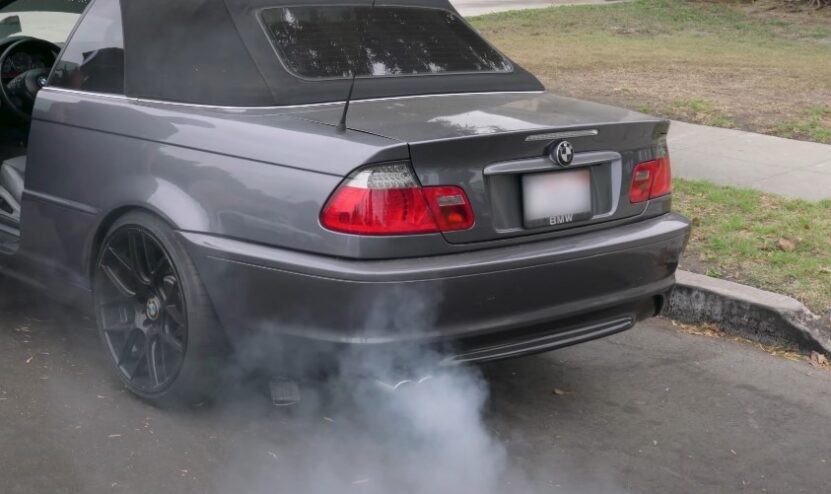
Here’s the crux of it: when the DISA valve fails, your intake system can no longer adjust airflow properly. That throws the entire combustion process off rhythm.
| Performance Impact | Cause from DISA Failure |
| Loss of low-end torque | Flap stuck open: intake runners stay short |
| Reduced high-end power | Flap stuck closed: not enough air at high RPMs |
| Misfires or rough idle | Air-fuel mixture too lean, possible vacuum leaks |
| Increased emissions | Poor combustion = more pollutants |
| Lower MPG | ECU overcompensates, fueling becomes inefficient |
| Risk of engine damage | Broken flap or pin sucked into engine |
When to Replace the DISA Valve
@colonelangus96 DISA Valve replacement on the E46. #fyp#Bmw#330i#cartok ♬ Mmhmm – BigXthaPlug
If you’re anywhere near the 70,000 to 100,000-mile range and haven’t replaced your DISA valve, you’re rolling the dice. BMW didn’t overengineer this part; it’s plastic, with a few moving parts that just don’t last forever.
Lifespan Guide
- Safe Replacement Range: 60,000 to 70,000 miles
- Maximum Lifespan (Optimistic): 100,000 miles
- Aftermarket Upgrade: Reinforced flaps and pins for longer service life
Replacement vs. Rebuild: What’s the Better Move?
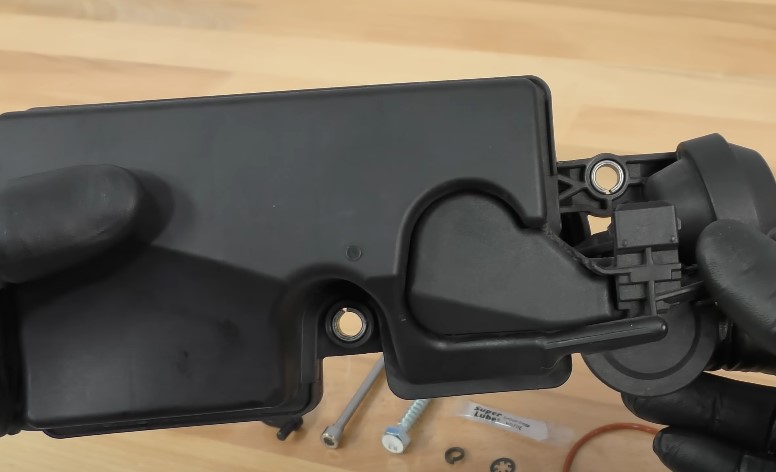
Full Replacement
You can get a brand-new OEM DISA valve for about $200 to $250, depending on the model. For example:
- 0L Engines: Part #11-61-7-544-805
- 5L Engines: Part #11-61-7-544-806
- Plug-and-play
- Most reliable solution
- Includes fresh seals and actuator
Rebuild Kit
For the DIY crowd, rebuild kits are available for around $90. They include:
- New flap (usually aluminum)
- O-rings/seals
- Stainless steel or titanium pin
- Cheaper
- Great for hobbyists
- Can be an upgrade over factory materials
- Takes time and care
- Risk of improper assembly
- Doesn’t fix a failed actuator
Quick test: Remove the valve, apply light vacuum, and rotate the flap. If it flops loosely or doesn’t hold position, it’s done.
A Quick Word on ECU Tuning and Airflow Mods
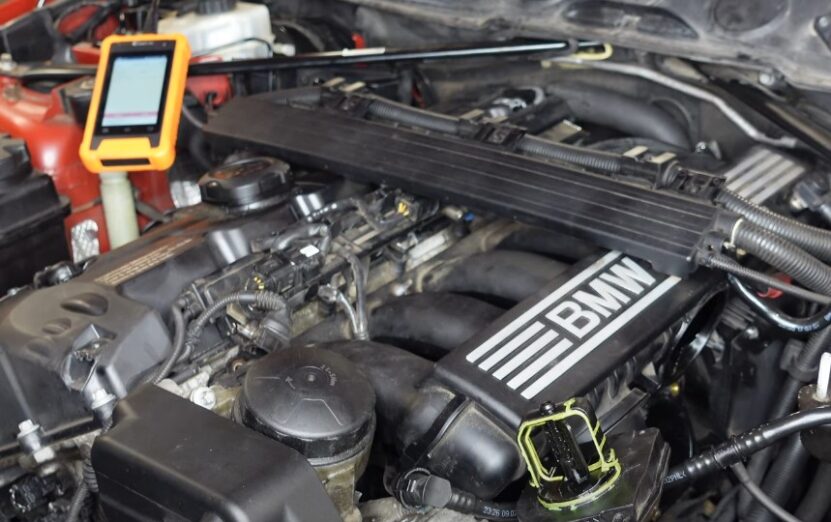
If you've upgraded your intake, installed a cone filter, or flashed the ECU, keep in mind that all of that affects airflow, and could throw off the DISA's function. Some owners report better throttle response after removing the DISA valve entirely on track builds, but for daily drivers, it’s not worth it. The factory setup is there for a reason.
Endnote
The DISA valve might seem like a small part, but in a BMW engine, every part works in harmony. Once that flap starts misbehaving, your car loses that signature balance of power and refinement.
- If your car is rattling, idling rough, or feeling sluggish, check the DISA.
- If you're near the 70,000-mile mark, just replace it.
- If you're hearing horror stories about engine damage from a $200 part, believe them.
BMWs are made to be driven, but they’re also made to be maintained. Keeping your DISA valve in shape is one of the best ways to preserve performance, and avoid turning a small repair into a wallet-busting disaster.
Related Posts:



